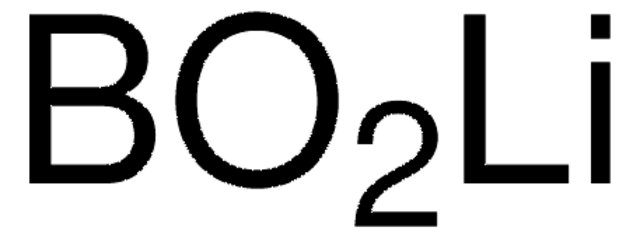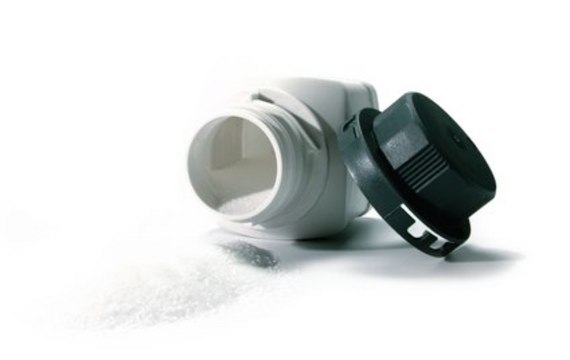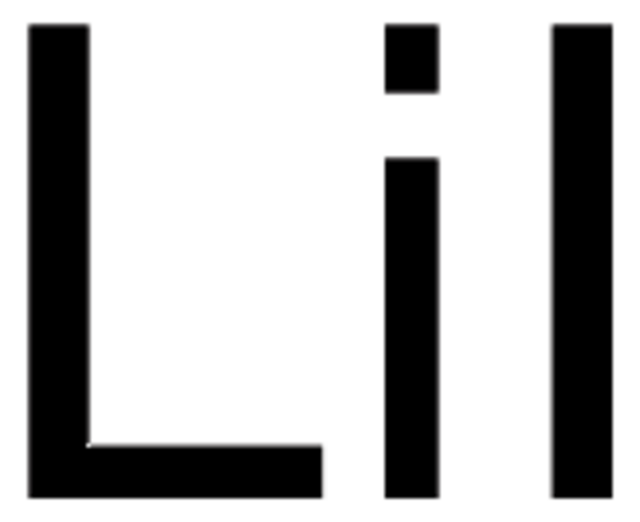205524
Lithium metaborate
99.9% trace metals basis
Synonym(s):
Boric acid lithium salt
Sign Into View Organizational & Contract Pricing
All Photos(3)
About This Item
Linear Formula:
LiBO2
CAS Number:
Molecular Weight:
49.75
EC Number:
MDL number:
UNSPSC Code:
12352302
PubChem Substance ID:
NACRES:
NA.23
Assay:
99.9% trace metals basis
form:
powder
Recommended Products
Quality Level
Assay
99.9% trace metals basis
form
powder
technique(s)
FTIR: suitable
impurities
≤1500 ppm Trace Metal Analysis
mp
845 °C (lit.)
SMILES string
[Li+].[O-]B=O
InChI
1S/BO2.Li/c2-1-3;/q-1;+1
InChI key
HZRMTWQRDMYLNW-UHFFFAOYSA-N
Looking for similar products? Visit Product Comparison Guide
General description
Lithium metaborate (LMB) isa good ion conductor and wide bandgap insulator commonly used as a flux orsolvent to identify and characterize uranium and thorium-containing resistantminerals. LMB is also used as a chemical modifier during thegeneration of new compounds from clays and refractory materials. Because of itshigh optical damage thresholds, mechanical durability, and deep-ultraviolettransparency, it is a suitable material for non-linear optics.
Application
Lithium metaborate fusion can be used for the preparation of geological materials. The fusion of rock samples with LMB results in the formation of glasses that are easily soluble in dilute acids. This method allows the preparation of whole-rock solutions for rapid analysis.
LMB melt can be used in the synthesis of low-density γ-Al2O3 from high-density α-Al2O3 under high pressure.
LMB can be employed as a protective coating layer for lithium-ion battery cathode materials due to its chemical inertness in organic electrolytes.
LMB melt can be used in the synthesis of low-density γ-Al2O3 from high-density α-Al2O3 under high pressure.
LMB can be employed as a protective coating layer for lithium-ion battery cathode materials due to its chemical inertness in organic electrolytes.
Signal Word
Danger
Hazard Statements
Precautionary Statements
Hazard Classifications
Acute Tox. 4 Oral - Eye Dam. 1 - Repr. 2
Storage Class Code
13 - Non Combustible Solids
WGK
WGK 1
Flash Point(F)
Not applicable
Flash Point(C)
Not applicable
Personal Protective Equipment
dust mask type N95 (US), Eyeshields, Gloves
Choose from one of the most recent versions:
Already Own This Product?
Find documentation for the products that you have recently purchased in the Document Library.
Xirui Wang et al.
Scientific reports, 10(1), 21518-21518 (2020-12-11)
An electrosynthesis is presented to transform CO2 into an unusual nano and micron dimensioned morphology of carbon, termed Carbon Nano-Scaffold (CNS) with wide a range of high surface area graphene potential usages including batteries, supercapacitors, compression devices, electromagnetic wave shielding
Oliver Reich
Current opinion in urology, 21(1), 27-30 (2010-11-04)
To report on the latest data in the recent literature regarding the so-called 'Greenlight laser vaporization of the prostate'. Specifically to comment on the evolution of the 80-W KTP (potassium-titanyl-phosphate) system to the more recent 120-W LBO (lithium triborate) system.
Thomas Hermanns et al.
The Journal of urology, 185(6), 2241-2247 (2011-04-19)
Technical modifications of the 120 W lithium-triborate laser have been implemented to increase power output, and prevent laser fiber degradation and loss of power output during laser vaporization of the prostate. However, visible alterations at the fiber tip and the
M Ceretti et al.
Radiation protection dosimetry, 144(1-4), 262-265 (2011-02-08)
This work summarises the results of a series of experiences made on Panasonic UD-802AS, a multi-element dosemeter that is currently used in Caorso Nuclear Power Plant for personnel external monitoring. Two main topics have been considered: energy response and the
J Graetz et al.
Nanotechnology, 20(20), 204007-204007 (2009-05-08)
The local bonding and atomic environments in the Ni-catalyzed destabilized system LiBH4/MgH2 and the quaternary borohydride-amide phase Li3BN2H8, were studied by x-ray absorption spectroscopy. In both cases the Ni catalyst was introduced as NiCl2 and a qualitative comparison of the
Our team of scientists has experience in all areas of research including Life Science, Material Science, Chemical Synthesis, Chromatography, Analytical and many others.
Contact Technical Service






